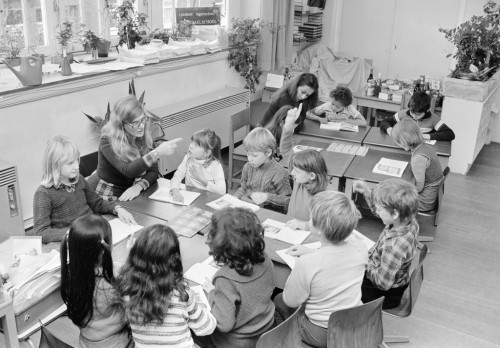Those with visual impairments can find many challenges in education and in their social environments. By educators being prepared and open toward including those with these impairments, they can help to bridge the gap in the children’s development. Children can also find help through specialized programs and organizations. It is important for the teachers, parents, and students to explore all of their options available to the child and pick the best environment for the child in order to maximize their education and quality of life.
Visual Impairments
Sight involves many complex processes, so that individuals can explore their world through pictures. It takes a part of the eye to filter light through, part to convert the light energy into electrical energy, and then the brain has to translate that into objects/pictures (Turnbull et Al, 2002). When part of this process is damaged at birth or later in an individual’s life, this will lead to visual impairments (Turnbull et Al, 2002). There are three main classifications for the visual impairments within schools: low vision, functionally blind, and totally blind (Turnbull et Al, 2002). If a student is obtaining no valuable information from their sight, then they are considered to be totally blind, but when the student is using their sight to enhance the information that they primarily obtain through their other primary senses, they are classified as functionally blind (Heward, 2003). If the child, however, uses their sight as their primary source for obtaining information and sometimes uses other senses to enhance this information, then they are considered to have low vision (Heward, 2003). To be legally blind a person must have a field of vision that is limited to seeing only twenty percent of their field of vision, which is clinically measured by a professional (Turnbull et Al, 2002).
When a child has any vision loss, they are often confronted with additional issues that interfere with obtaining an education. When it does interfere with education, the child is considered by the definition provided by IDEA to have a visual impairment (Turnbull et Al). The impairment can hinder the child’s self-concept and environmental interactions and exploration. A teacher can assist the child by providing a wide array of experiences where the child can discover the world around them with their other senses (Turnbull et Al, 2002). Through exploring the world, they can expand their vocabulary, fine motor, and cognition skills. It is also helpful to have the children interact with their sighted peers, so that they can build friendships and experience appropriate social interaction, which can in turn help to build self-concepts. It is also important for educators to incorporate assistive learning technology and to be aware of their communication with the child, as often those with sight communicate through physical cues, which those with vision impairments cannot see.
As there are many obstacles for a child with vision impairments to overcome, they can become active in the social experiences available to them. In Arizona, there is the Arizona Center for the Blind and Visually Impaired, the Foundation for the Blind, the School for the Deaf and Blind, Arizona Industries for the Blind, Arizona Center for the Blind and Visually Impaired, and many others. These groups offer opportunities for those whom are blind to interact with others that are experiencing the world similarly, through social events, special classrooms/schools, and group therapy.
References
Turnbull, Rud, Ann Turnbull, Marilyn Shank, Sean Smith, & Dorthy Leal (2002). Exceptional Lives: Special Education in Today’s Schools(3rd ed.). Upper Saddle River, New Jersey: Merrill Prentice Hall.









